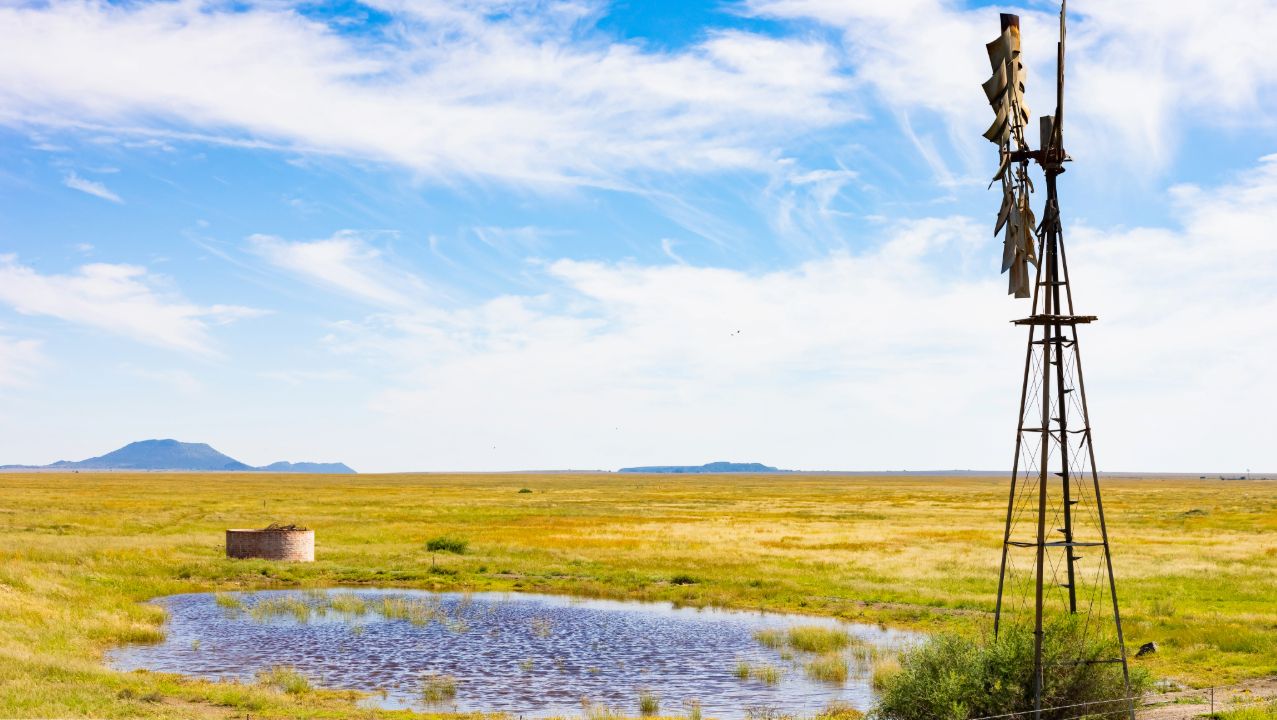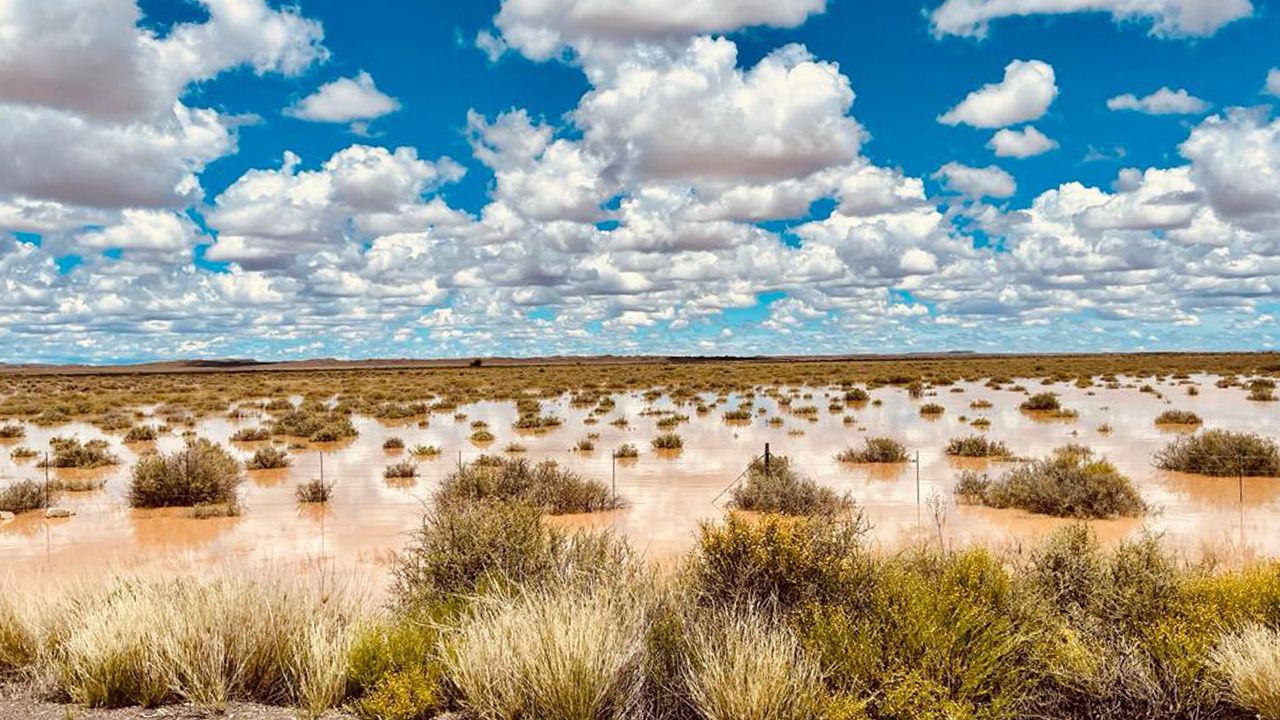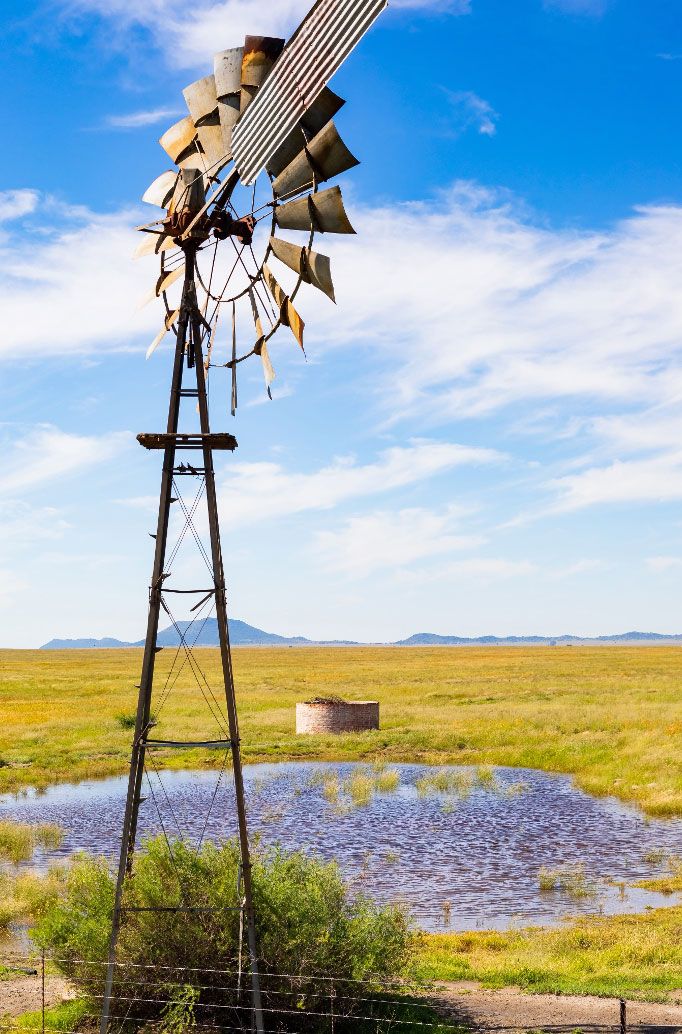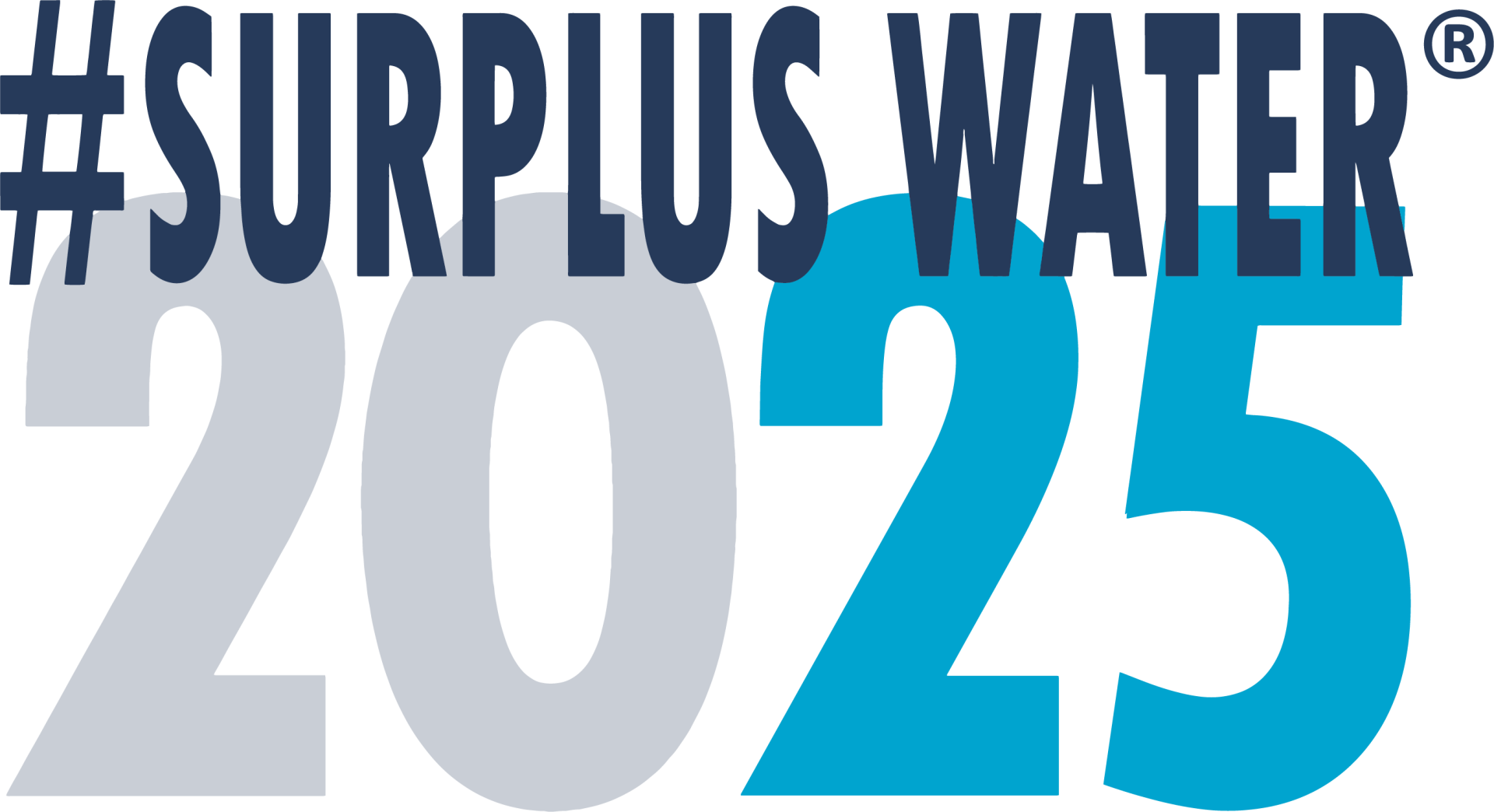The RECHARGE in Water Responsibility
Dec 29
/
Aldert Brink

Blog Series: The 5 R's of Water Responsibility
Out of Sight, Out of Mind
Mysterious waters, submersible pump, and a seven year old
Writing about groundwater is probably one of the most difficult topics I have ever endeavoured. Working with the topic of water for a few years now, I recently had to research and write on groundwater. I grew up, having some experience with boreholes. My dad, an electrician, had a small business back then and I have always enjoyed accompanying him to construction sites whenever I can. When I was about 7 years old, one of his contracts was with a company drilling boreholes. He was responsible for the electrical connection of the submersible pump. The very long pipe and electrical cable with a pump on its end that goes deep into the ground made a huge impression on me. As a small boy it happened twice that I witnessed the fountain of gushing water coming from the hole as soon as the drill entered the aquifer. To this day this mysterious water fascinates me. Driving through the Karoo, every 'windpomp' (windmill) standing next to the road, pouring a thick stream of water into a cement dam, makes me think about the vast amount of water beneath me. Very much like trying to grasp the vastness of the universe when lying on my back in the Karoo looking at the night sky. Writing down a few facts about groundwater is like trying to sum up the universe in a few words. I can't do it any justice. It needs a poet, not a copywriter. Nevertheless, here are a few facts.
Almost two thirds of freshwater on earth is groundwater. Much like many other things on earth the largest threat to its sustainability lies in its obscurity. Unfortunately, it seems that if something is unknown it is also unimportant. This ignorance may not be on purpose, we may simply not be aware of the hazard. Groundwater needs our attention. We need to bring an awareness of groundwater to the surface, before bringing the water itself. Knowing the origin of groundwater, the groundwater cycle, and the influence of human action on groundwater will hopefully make the unknown a familiar friend and the seemingly unimportant, a respected part of our existence.
We find groundwater in aquifers. Aquifers are geological formations beneath earth’s surface consisting of permeable materials. Like any other waterbody aquifers are replenished over time, or rather recharged by the natural water cycle. As precipitation falls, it either runs off the land's surface into rivers, dams, and eventually the ocean, or it seeps into the ground to replenish underground aquifers. The rate of infiltration, or how quickly water soaks into the ground, depends on the geological makeup of the area. In general, however, groundwater recharge is a significantly slower process than replenishing surface water sources. Groundwater discharges naturally to the surface into rivers, lakes, and wetlands. Since ancient times, humans have extracted water from wells and boreholes, especially in areas where surface water is scarce.
Winners know where to stop.
Use Responsibly
Responsibility towards groundwater has an ethical and ecological component.
Ethical
Pumping water from a borehole is like extracting it from any communal source like rivers or lakes. Having a borehole on your property is a big responsibility. Remember that an aquifer is not an infinite source of water. Like any other reservoir, it can run dry. We share that reservoir with a large community of people and the environment. Over-extraction has an influence on the wellbeing of an entire community, town, city and can have tremendous ecological consequences.
Pumping water from a borehole is like extracting it from any communal source like rivers or lakes. Having a borehole on your property is a big responsibility. Remember that an aquifer is not an infinite source of water. Like any other reservoir, it can run dry. We share that reservoir with a large community of people and the environment. Over-extraction has an influence on the wellbeing of an entire community, town, city and can have tremendous ecological consequences.
Ecological
Pollution and over-extraction of groundwater has an obscured and ill-defined impact on groundwater. Both can damage aquifers beyond repair. Pollutants suspended in runoff can infiltrate groundwater. It is expensive and difficult to remove pollutants from groundwater and sometimes impossible. Over extraction may cause economic distress and natural disaster. When aquifers supplying farmers in dryer areas dry-up, it has a widespread economical impact. Wetlands can dry-up, having an impact on biodiversity and water quality in general, since they serve as natural water filters.
Pollution and over-extraction of groundwater has an obscured and ill-defined impact on groundwater. Both can damage aquifers beyond repair. Pollutants suspended in runoff can infiltrate groundwater. It is expensive and difficult to remove pollutants from groundwater and sometimes impossible. Over extraction may cause economic distress and natural disaster. When aquifers supplying farmers in dryer areas dry-up, it has a widespread economical impact. Wetlands can dry-up, having an impact on biodiversity and water quality in general, since they serve as natural water filters.
Over extraction is another ecological factor to consider. We may argue that over-irrigation from boreholes does not matter, because the excess water will infiltrate and recharge the aquifer, but in some areas and in warmer climates infiltration may be much slower than the rate of evaporation. Think of the rate of evaporation on the surface of an over-irrigated rugby or soccer pitch. Yes, evaporated water becomes part of the natural water cycle and makes its way back by precipitation, but precipitation is not guaranteed and, in some areas, not frequent. The same is true for over-irrigated water running off – it may end up in rivers and dams and become part of the natural water cycle. Remember, infiltration is a slow process. Irrigate with extreme care in cities and towns where the hard concrete and tarred surfaces cause excess water to enter the stormwater system. This water runs off to an outskirt of your aquifer and it may take months or years to recharge the source you are using.
Before drilling a borehole, or using an existing borehole, do some research on the aquifer you are extracting groundwater from. Train ground staff, landscapers, maintenance managers and management on using groundwater responsibly by raising awareness and making the unseen visible.
Case Study
A few of years back, my family and I lived in Vanwyksvlei, 280 km south of Upington in the Northern Cape Province. Vanwyksvlei is a very small town in one of the driest parts of the Karoo. The town is surrounded by large sheep farms and mainly serves a farmers community. Driving around in the district, the windmills form landmarks against the horizon in this stretched out flat landscape. I prefer to call these windmills 'windpumps'. It is a direct translation from Afrikaans (windpomp), and a more descriptive rendering of their functioning.
Upon closer inspection you will notice that there is a small reservoir next to almost every windpump called a cement dam. From this reservoir water is distributed miles away to water troughs where sheep can drink water. In addition to the dam, you will notice a large pond next to the setup. A shallow, man-made excavation, likely created by machinery. In the Karoo this is called a 'gat dam'. That can be translated to a 'hole dam'. I enquired about the name and they told me, "it is because it is a hole in the ground". Duh! The function of this dugout is to serve as a recharge pond. In the Karoo, precipitation is usually heavy rain on a hard surface. Though puddles form, most of the runoff will form streams running to rivers. These rivers seldom flow and are mostly dry riverbeds. Puddles in riverbeds feed the water table. In extreme cases it will flow and cause floods in nearby towns. December 2022 was a year of extreme rain and my brother, doing a solo tour on an adventure bike through the Northern Cape and Namibia, witnessed the flooding first hand.

Back to the recharge ponds (hole dams). Their function is to hold back some of the runoff and recharge the borehole. This is a very old practice by farmers that knew even groundwater does not have an unlimited supply of water. In the Northern Cape nature and humans are grateful for every drop of water. Water is respected here. It's the source of life.

Today, when driving through the Karoo, you will see more and more retired windpumps. Sun pumps (submersible electric pumps running on energy from solar panels) and plastic tanks are simply easier to maintain, leaving skeletons of old windpumps and the ruins of cement dams. The hole dams remain.
Recharging our water sources is one of the crucial responsibilities we have as water stewards. If we don't take accountability for our groundwater actions (and inaction), the consequences will be life threatening.
More on the 5 R's in our blog series The 5 R's of Water Responsibility as we dive a little deeper into each of these. Remind, Reduce, Reuse, Recycle & Recharge.
5. The RECHARGE of Water Responsibility.
Empty space, drag to resize
Join the conversation
Follow us on Facebook or Instagram for more Stories of Water.
Empty space, drag to resize
Who we are
A community of water warriors, working together to raise water awareness, saving every drop and together, aiming for surplus water in South Africa.
Get in touch
-
South Africa, Earth :)
-
droppie@surpluswater2025.com
#SurplusWater2025 Copyright © 2025
